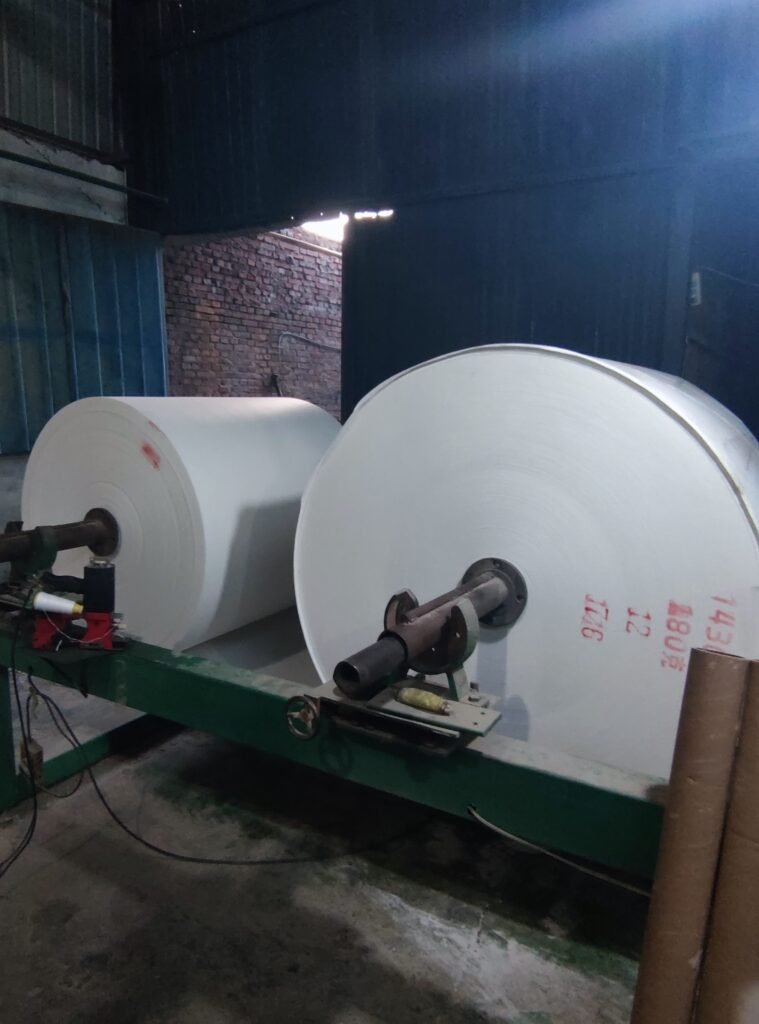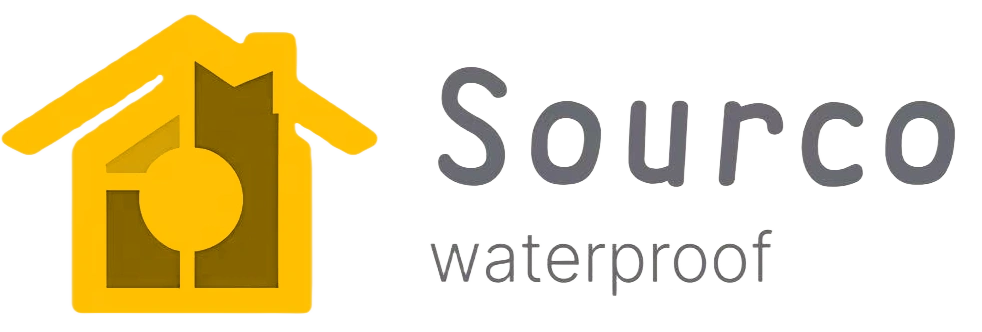Your roof is your first line of defense against nature’s most destructive elements. Whether it’s heavy rainfall, blazing sun, snow accumulation, or wind-blown debris, your roof endures it all to keep your property safe. But over time, even the most solid structures can suffer from moisture damage—leading to costly repairs, interior leaks, mold growth, and a shortened lifespan for your building.Therefore, roof waterproofing is very important
That’s where roof waterproofing comes in.
Roof waterproofing is not just a luxury—it’s a necessity. It involves applying specialized materials and systems to prevent water from penetrating the surface of your roof. With the right waterproofing methods, you can preserve the integrity of your structure, boost energy efficiency, and significantly reduce maintenance costs. In this guide, we’ll break down the most effective waterproofing solutions for different roof types and show you how to choose the best one for your needs.
Why Roof Waterproofing Matters
Water may seem harmless at first glance, but once it finds its way through cracks, seams, or weak spots in your roof, it can wreak havoc. Moisture intrusion leads to:
- Structural deterioration: Water weakens concrete, corrodes steel, and causes wood to rot.
- Mold and mildew: Damp conditions are ideal for fungus growth, which can impact indoor air quality and occupant health.
- Thermal inefficiency: A damaged roof compromises insulation, making your home hotter in summer and colder in winter.
- Aesthetic damage: Water stains, bubbling paint, and plaster damage all reduce your property’s appearance and value.
By implementing proper waterproofing techniques, you not only stop water at the source but also increase the longevity of your roof—whether it’s residential, commercial, or industrial.
Common Roof Waterproofing Methods
1. Liquid roof waterproofing membrane
Liquid waterproofing is a highly adaptable solution that offers seamless coverage and strong adhesion. It is typically applied using a roller, brush, or spray gun and cures to form an elastic, rubber-like membrane.
Benefits:
- Seamless coverage, reducing leak risks
- Flexibility to accommodate roof movements
- Suitable for all shapes and slopes
- Quick drying and easy maintenance
Best for: Complex roof structures, both flat and sloped.
2. Bitumen roof waterproofing membrane
Bituminous membranes come in rolls and are either self-adhesive or torch-applied. These systems are known for their exceptional water resistance and longevity. The membrane acts as a thick, durable barrier that repels moisture and resists UV rays.
Benefits:
- Ideal for flat roofs
- Withstands extreme temperatures
- Durable and long-lasting
- Resistant to mechanical damage
Best for: Commercial rooftops, terraces, and low-slope roofing systems.
3. Polyurethane Liquid Membrane
One of the newer innovations in roof waterproofing, polyurethane membranes offer superior elasticity and weather resistance. Once applied, the material forms a uniform, fully bonded waterproof layer that remains intact despite expansion or contraction of the structure.
Benefits:
- Excellent resistance to heat, rain, and chemicals
- Highly elastic—ideal for areas with structural movement
- Seamless finish prevents weak spots
- UV-resistant and anti-fungal
Best for: Exposed roofs, balconies, and roofs with irregular designs.
4. EPDM Rubber Roof Waterproofing
EPDM (Ethylene Propylene Diene Monomer) rubber is a synthetic membrane used widely in industrial and commercial buildings. Installed in large sheets, it provides a watertight seal and endures temperature fluctuations effortlessly.
Benefits:
- Outstanding durability (can last over 25 years)
- UV and ozone resistant
- Environmentally friendly
- Easy to repair and maintain
Best for: Flat or gently sloping roofs in extreme climates.
5. Cementitious Waterproofing
This method involves mixing cement with specific waterproofing additives and applying it directly onto concrete surfaces. It forms a strong, protective layer against water ingress.
Benefits:
- Simple to apply
- Effective on wet or damp surfaces
- Affordable and accessible
- Resistant to frost and corrosion
Best for: Concrete roofs, water tanks, and bathrooms.
6. Thermoplastic (PVC/TPO) roof waterproofing membrane
Thermoplastic membranes such as PVC and TPO are heat-welded onto the roof, forming a strong, monolithic waterproof layer. These membranes offer excellent resistance to punctures, UV exposure, and microbial growth.
Benefits:
- Reflective surfaces reduce cooling costs
- Highly durable and energy-efficient
- Strong seam bonding reduces leak risk
- Chemical-resistant and fire retardant
Best for: Green buildings, energy-conscious designs, and commercial roofs.
How to Choose the Right Roof Waterproofing Method
There is no one-size-fits-all solution. The right waterproofing system for your roof depends on several factors:
1. Roof Type
Flat roofs require different materials than sloped or curved ones. While bituminous membranes work well on flat areas, liquid membranes may be better for sloped or complex surfaces.
2. Local Climate
If you live in an area with frequent rainfall, high humidity, or intense sun exposure, your roof must be equipped with materials that resist such stress. Polyurethane and EPDM are excellent for withstanding harsh weather conditions.
3. Budget
Waterproofing materials vary in cost, but investing in high-quality products upfront can save thousands in repairs later. Consider total lifecycle cost, not just installation price.
4. Lifespan
Some systems like EPDM and thermoplastics offer decades of protection, while others like cementitious coatings may require more frequent maintenance. Choose based on how long you plan to occupy the building and how much maintenance you’re willing to commit to.
Don’t Wait Until It’s Too Late
Water damage doesn’t happen overnight—it builds up silently. By the time you notice the signs (peeling paint, ceiling leaks, damp walls), the problem could already be extensive.
That’s why proactive waterproofing is critical. Whether you’re building a new home, maintaining a commercial property, or renovating an older roof, investing in waterproofing now means peace of mind for years to come.
Why choose our roof waterproofing solutions?
At SOURCO, we understand that every roof has unique challenges. Our waterproofing experts assess your building’s condition, usage patterns, and environmental exposure before recommending a tailored solution. Our product line includes:
- Advanced liquid-applied membranes
- High-performance polyurethane coatings
- Durable EPDM rubber sheets
- Flexible cementitious compounds
- Energy-saving reflective membranes
All our systems are backed by rigorous quality control, industry certifications, and manufacturer warranties. More importantly, our team ensures professional installation with minimal disruption to your routine.


